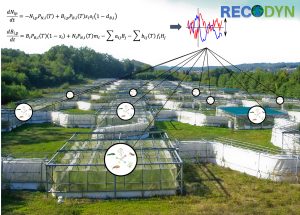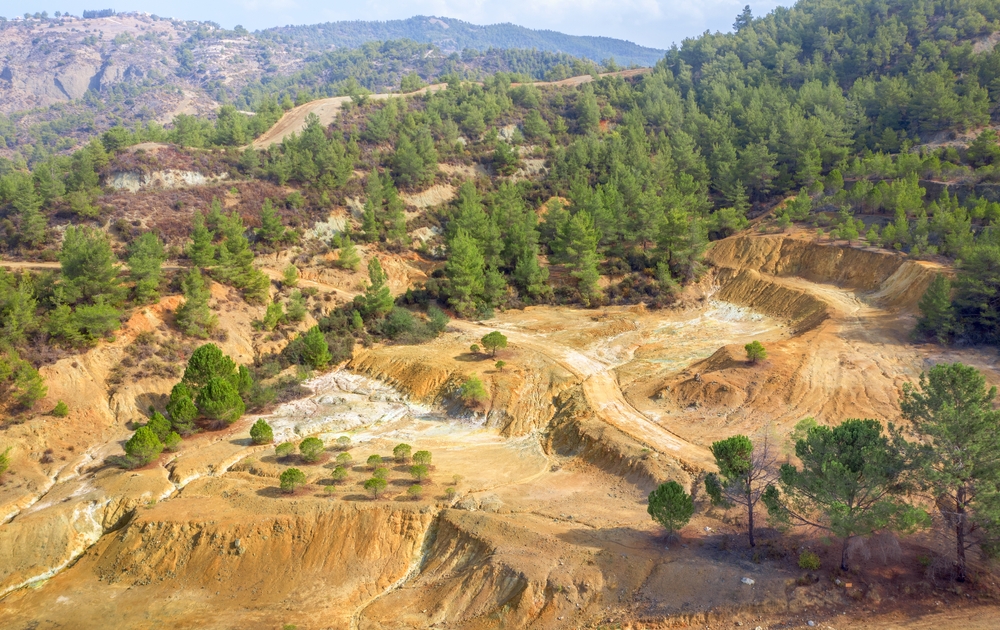The Recodyn project aims to shift recovery ecology from singular discipline to predictive and more globally applicable science.
Artificial global change has degraded nature to unprecedented levels, poses a major threat to biodiversity, food security, water availability, health, and overall human well-being. In this context, ecological recovery has emerged as one fundamental strategy for controlling the biodiversity crisis and repairing damaged ecosystems.
The international consensus on the urgent need to understand ecological recovery and restore ecosystems is reflected in the UN decade on ecosystem restoration, which began in 2021 and continues until 2030. The question is how can we recover 1 billion HA worldwide? More generally, how can we efficiently restore a fully functional and stable ecosystem?
The science of recovery has progressed very much these days, but its success has been limited so far. The reason for this is not only social and economic, but also ecological or scientific. Scientifically, most restorative studies are largely phenomenological and context-dependent, limiting their ability to develop general principles of stronger scientific theories.
To construct this knowledge, it is essential to understand the patterns and potential mechanisms underlying the dynamics of ecological recovery, and the impact of global change on these processes. This is the motivation for the project Recodyn (dynamics of ecosystem recovery and their response to climate change and habitat fragmentation), funded by the European Research Council.
What’s new about Recodyn?
Recodyn kicked off in January 2023 and incorporates three important shifts into the focus of restoration ecology.
We move from a focus on ecological conditions to investigating fees and trajectories. Our aim is to compile high-resolution temporal datasets that allow for a more detailed investigation of recovery dynamics. It expands its range from individual species and populations to encompass communities and ecosystems. In contrast to studies focusing on specific species, habitats, or locations, Recodyn aims to investigate the recovery of biological communities and ecosystems across multiple dimensions, including biodiversity, function, and stability. The transition from primarily site-specific observations to a more integrated approach that involves models and experiments. Much of restoration ecology relies on observations, artificial assemblies (such as Chronoschkens and alternatives to temporal equations), and reviews (such as meta-analysis), but we plan to establish a more balanced methodological framework that incorporates models and experimental observations. We believe this integration is important for the robust scientific advancement of our discipline (or scientific discipline).
Recodyn’s challenges
I spent six years as a postdoctoral researcher at the Theoretical and Experimental Ecology Bureau (Sete-CNRS, France). This station combines theory and experimental research to host several truly unique experimental setups, including terrestrial metatrons. What makes Metatrons so special is the combination of large individual plot sizes (100 m²) that correspond to a wide variety of species (>200 species and over 140 invertebrate species), as well as a considerable number of replicates (using up to 48 plots, but 24). Metatron can also simulate two of the most important global change factors: temperature change and habitat fragmentation.

During my stay at Sete, I began to raise interest in the potential applications of metatron within the field of restorative ecology. His academic career began to take up a research position at the Basque Centre for Climate Change (Spain), but such interests did not disappear and did not come to fruition when Recodyn was granted. The challenge was clear. Given the remote areas of experiments in Japan over 400km away, how can you repeatedly sample multiple variables on a Metatron platform (remember the desired temporal dynamics).
In fact, this challenge has proven to be multifaceted. First, we must navigate the complex bureaucracy that traverses Spain, France and the European Union. Second, ensuring housing and transport for seven months each year during the growing season of rural areas presents a logistical hurdle. Third, days of prolonged, intense fieldwork in experiments, laboratories, and greenhouses, coupled with intimate daily interactions between team members can sometimes lead to physical and emotional fatigue.
Furthermore, the transition between the application of some ecological theories and the experimental/empirical and modelling approaches is intellectually demanding, but also promotes a highly stimulating research environment.
Gathering together a great team of field/lab engineers, doctoral degrees, postdocs and administrative project officers, the support of the Climate Change Centre (BC3) and SETE-CNRS is fundamental to navigating the challenges of Recodyn. Each member fulfills the important tasks and responsibilities that are essential to the success of the project.
Despite the challenges, the project offers a valuable opportunity to understand the recovery of ecological communities after the failure and under global change. I think the scientific challenges really outweigh logistics concerns. Recodyn’s goals are ambitious yet important. It is to contribute to the movement of recovery ecology from singular discipline to predictive and more globally applicable science.
This article will also be featured in the 23rd edition of Quarterly Publication.
Source link

